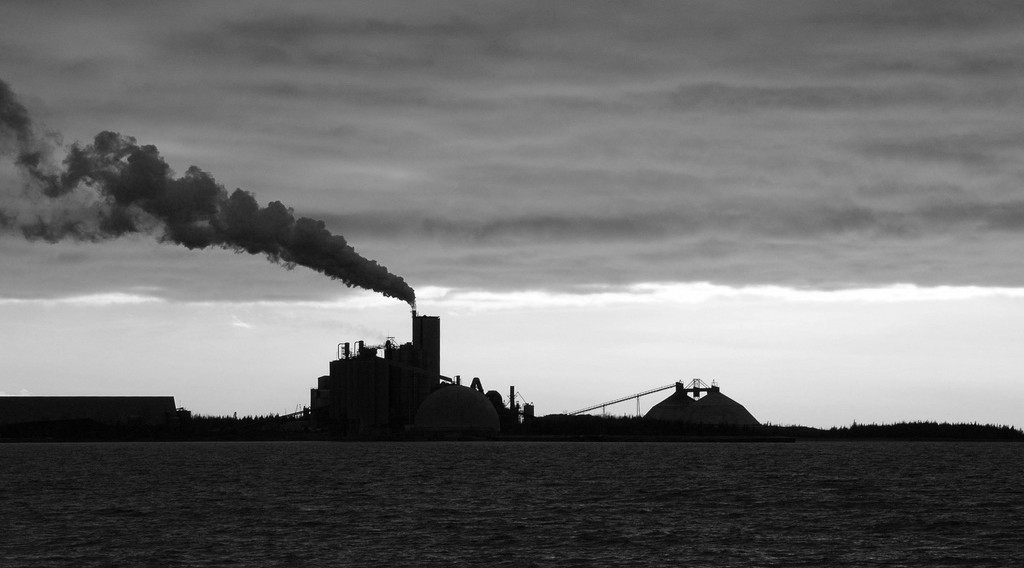In the 1960s, there were worries that U.S. economic growth would lead to increasingly dangerous levels of pollution, and that by the year 2000, air pollution would make cities like Los Angeles and New York uninhabitable. Instead, U.S. air quality has improved dramatically since then. The U.S. Environmental Protection Agency estimates that the reduction in U.S. air pollution since 1990 prevented several hundred thousand premature deaths annually, so it is important to understand its causes. How do U.S. manufacturers produce more now, while polluting less?
Environment
Can market based regulation reduce greenhouse gas emissions? Evidence from the United States
Market-based mechanisms such as ‘cap-and-trade’ have become increasingly popular policy tools for reducing harmful emissions. But designing these schemes so that emissions are curbed efficiently requires understanding key elements of an industry’s structure, notably the degree of market power and the extent to which unregulated foreign producers compete with domestic firms. This research investigates these issues in the US cement industry, an emissions-intensive sector exposed to foreign competition. The findings suggest that the optimal regulatory policy in such industries may be to rebate compliance costs partially on the basis of output or to impose border tax adjustments.







